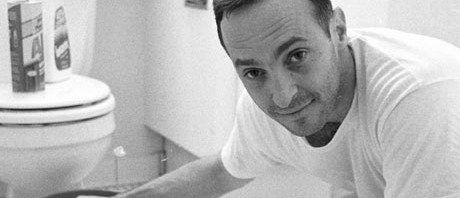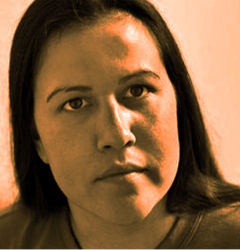If you’re like my father, you read a lot of magazines. It’s one of my dad’s many endearing traits, one that I’ve even tried to emulate. That’s not to say a magazine is a comparable substitute for a good book. In high school, it used to rattle my bones when someone responded to “what’s your favorite book?” with, “do magazines count?” Unfortunately, I am not making this up. That being said, I do think magazines can successfully fill in the gaps between books. They occupy breakfast time, subway commutes, and grueling minutes spent in waiting rooms. You can even cut them up once they become stale and make collages!
Despite Dad’s ridiculous number of magazines, my collage activities have never gone over well with him. He has multiple stacks that have reached impressive heights (the one in our guest bathroom now reaches my knees). They’re on his nightstand, in the dusty corners of his office, on the kitchen table, and in the back seat of his truck, but the suggestion of downsizing sends him into a tirade. Even more impressive is the variation in titles—The New Yorker, Money, Vanity Fair, Garden and Gun, Vogue, and Conde Nast Traveler, just to name a few. I know most people have a favorite, but at what point do you stop trying to cover all the bases?
Dad’s casual attire usually involves frayed jeans and a red L.L. Bean pullover from 1997, so I have questioned his loyalty to Vogue—does he really need a subscription to a magazine celebrating high fashion? His response—“there are some really interesting articles in there.” I can better understand Money for its practical implications, despite being quite literally the most boring thing I’ve ever picked up. Vanity Fair connects him to pop culture without having to endure a Keeping Up With The Kardashians marathon (I have no problem with this because I am disturbed by the prospect of my father watching the Kardashians). The New Yorker, the most consistent of his subscriptions (we have issues that survived my toddler years), keeps him intellectually sharp. Traveller is so he can visit exotic places in a more realistic timeframe, and Garden and Gun is so he can stay home. He likes the articles about people who love their dogs almost as much as he loves our Jack Russell/Cavalier King Charles mix, Russ. Russ prefers his dinner slathered in gravy and has his own seatbelt. Unlike my dad, he has several sweaters.
I laugh at his affinity for such an assortment of magazines, but let’s look at the bigger picture. My dad, like all of you, is a complex human being with a variety of interests. He has no desire to brand himself with titles. I have learned that this isn’t an excuse to read “trash,” but it is a lesson in broadening the scope of what I read. Why should my dad feel ashamed to pick up Vogue to read about what he’s unfamiliar with (he does live in rural Virginia, after all), and why should I feel out of place reading Money magazine? Variety and accessibility are where I find merit in magazines, and while my dad might never feel totally comfortable in New York City, he feels right at home reading The New Yorker.
What are your favorite magazines? Does anyone else have a magazine collection to rival my father’s?




 I had never considered the concept of “author loyalty” until I began Sedaris’s most recent book. As I picked it up, it occurred to me that I am likely not the only person who does this. I asked my friends if they have one particular author whose books they read habitually, and they all responded immediately with their go-to author. Their answers included Andrew Clements, Pat Conroy, Ken Kesey, and Tom Wolfe. It doesn’t matter who it is, a favorite author is as cherished as a childhood friendship.
I had never considered the concept of “author loyalty” until I began Sedaris’s most recent book. As I picked it up, it occurred to me that I am likely not the only person who does this. I asked my friends if they have one particular author whose books they read habitually, and they all responded immediately with their go-to author. Their answers included Andrew Clements, Pat Conroy, Ken Kesey, and Tom Wolfe. It doesn’t matter who it is, a favorite author is as cherished as a childhood friendship.